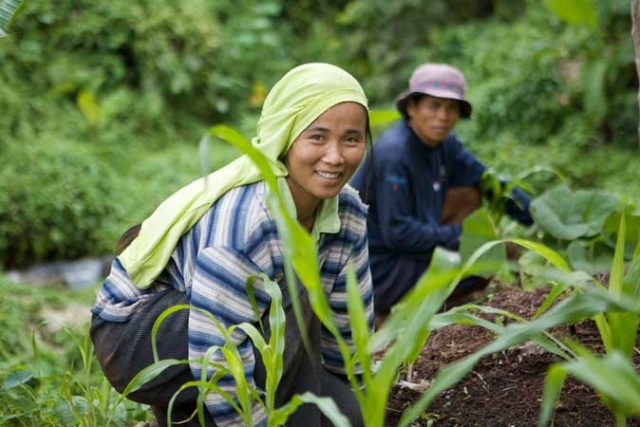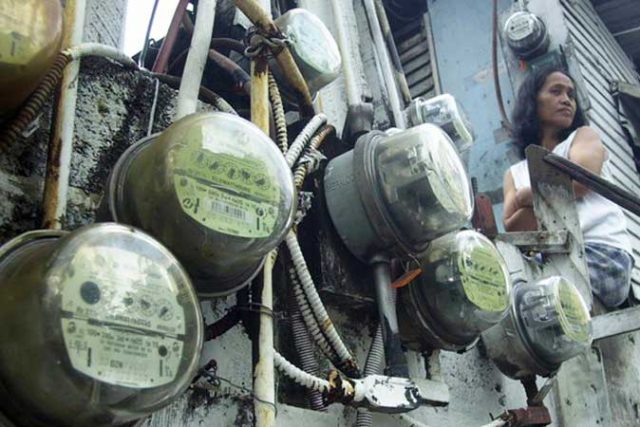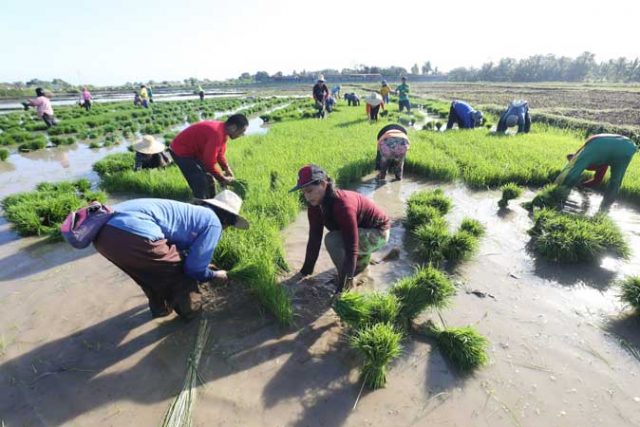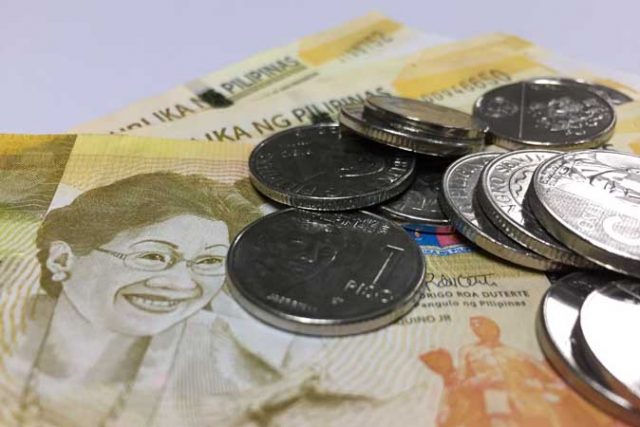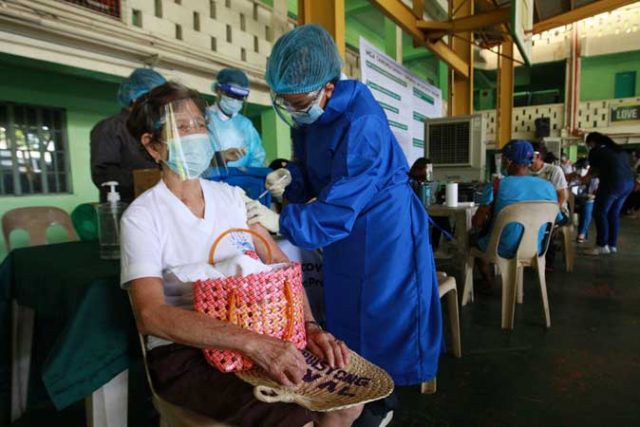Mandanas says LGUs must have free hand on use of IRA agri funds
THE OFFICIAL who successfully petitioned the Supreme Court to expand the share local government units (LGUs) are entitled to from National Government revenue said LGUs need the freedom to decide how much they can spend on agriculture, rather than have quotas dictated to them by law.
Batangas Governor Hermilando I. Mandanas was speaking at a joint hearing of the Senate Committees on Local Government; Agriculture, Food, and Agrarian Reform; and Finance on Wednesday, noting that each LGU’s priorities are different, and cannot be set a one-size-fits-all rule in regard to their spending on agriculture.
“LGUs should be delegated with the power to decide on the minimum budget to be allocated to their agriculture sectors since their situations may vary. For example, there are barangays in Manila (which) do not need to allocate a budget for agriculture,” Mr. Mandanas said.
The hearing participants were discussing Senate Bill 1138 or the proposed Local Government Agriculture Development Act, filed by Senator Cynthia A. Villar in November 2019.
The bill if passed, will require LGUs to set aside 10% of their internal revenue allotment (IRA) from the National Government for agriculture and fisheries programs.
Mr. Mandanas petitioned the Supreme Court to expand the definition of “National Government revenue” as it relates to the funds that will go into the IRA pool, greatly expanding the funding that will be available to LGUs starting next year. In response, the National Government has decided to reduce its workforce by devolving many functions formerly carried out by its agencies to the LGU level.
President Rodrigo R. Duterte signed Executive Order No. 138 on June 1 which set the timetable for the devolution, which is to be completed by 2024.
Ms. Villar, who chairs the Senate Committee on Agriculture, Food, and Agrarian Reform, said during the hearing that the Supreme Court’s Mandanas-Garcia ruling set to take effect in 2022 will increase the IRA allotment of LGUs to P1.08 trillion.
She urged that a portion of the expanded funding be used for agriculture.
“It is important also that we have a minimum budget set for the agriculture (sector). After all, we are an agricultural country. We are not an industrial country. The poorest people in the Philippines are the farmers,” Ms. Villar said.
“If we do not invest in agriculture, we will have problems with our food security. Local governments should give importance to that especially now amid the coronavirus disease 2019 (COVID-19) pandemic. If we do not die from COVID-19, we will die of hunger,” she added.
Ms. Villar said she wants to legislate a minimum budget to be allocated by LGUs for their respective agriculture sectors.
She said a law is better that leaving LGUs with discretion on the matter to ensure that some LGUs do not underfund the sector.
“Not all LGUs are developmental in terms of thinking for their respective areas. LGUs should give more attention to agriculture because it is very important. Agriculture is the source of our food. It is very necessary for our food security,” Ms. Villar said.
“If we do not allot a minimum budget to the sector, the Philippines will not succeed as a middle-income country since we will not be able to improve the lives of our farmers,” she added. — Revin Mikhael D. Ochave

